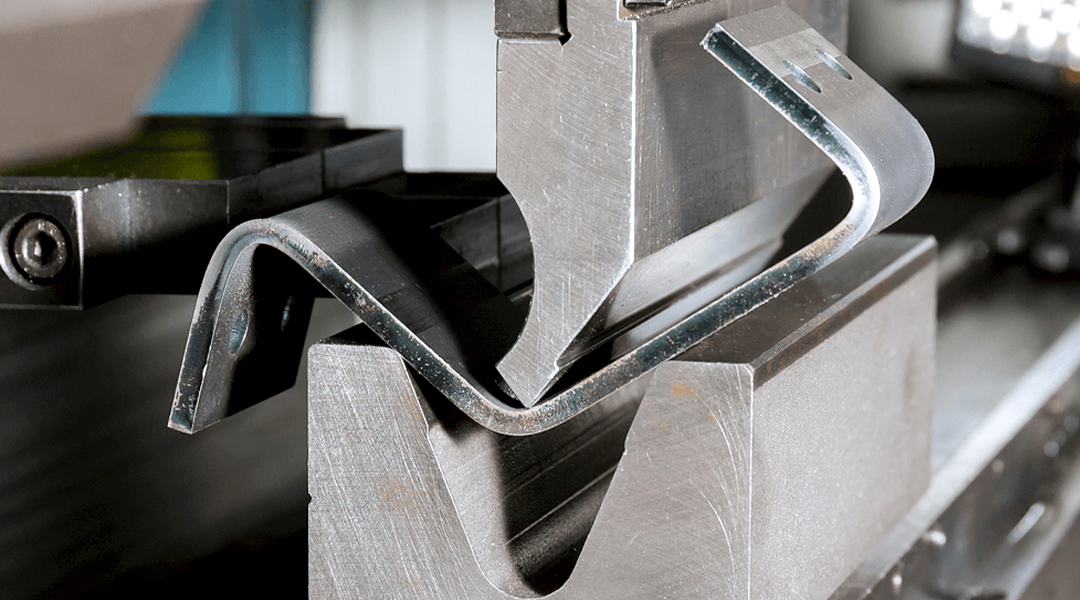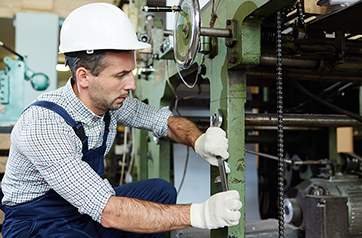In the competitive metal manufacturing industry, maximising productivity and minimising downtime is essential for maintaining a robust and profitable operation. One of the most effective ways to achieve this is by implementing predictive maintenance technologies. By adopting these advanced tools and techniques, metal manufacturing businesses can avoid potential machine failures, proactively schedule maintenance activities, and optimise equipment uptime. In this blog post, we will explore the benefits of predictive maintenance technologies for metal manufacturing machinery and equipment, delving into the various solutions available, their applications, and their advantages to your operation.
Predictive maintenance technologies enable businesses to anticipate and address equipment issues before they escalate, minimising downtime and maintaining high productivity levels. By leveraging technologies such as sensor systems, data analytics, and machine learning algorithms, businesses can monitor the health and performance of their metal manufacturing equipment in real-time, flagging potential concerns and scheduling maintenance activities as needed. As a result, companies can reduce the frequency and duration of unexpected equipment downtime, optimising their overall operational efficiency and minimising costly disruptions.
In the following sections, we will examine the various predictive maintenance technologies available for metal manufacturing machinery and equipment, discussing their specific applications and benefits. Furthermore, we will highlight best practices for implementing predictive maintenance solutions and integrating them seamlessly into your operations. If you are eager to harness the power of predictive maintenance technologies for your metal manufacturing operation, contact Meng Solutions for a personalised consultation. By investing in innovative maintenance solutions, you can propel your operation’s productivity, resilience, and long-term success.
Types of Predictive Maintenance Technologies
There are several predictive maintenance technologies available to monitor the condition of metal manufacturing machinery and equipment, each offering unique features and benefits. Some of the most prevalent technologies include:
1. Vibration analysis: This technology uses sensors to detect vibration patterns in rotating equipment, allowing early identification of potential mechanical issues like imbalance, misalignment, and wear.
2. Infrared thermography: Thermal imaging systems identify temperature variations in equipment components, detecting potential issues such as bearing overheating, electrical failures, or insulation breakdowns.
3. Acoustic emission monitoring: Microphones detect acoustic signals generated by equipment, pinpointing issues like leaks, cracks, and friction.
4. Oil analysis: This technology involves analysing the properties and contaminants in machinery lubricants, revealing issues such as component wear, contamination, and lubrication degradation.
Benefits of Implementing Predictive Maintenance Technologies
The adoption of predictive maintenance technologies can bring numerous benefits to metal manufacturing operations, including:
1. Reduced downtime: By identifying potential equipment issues before they escalate, businesses can schedule maintenance activities proactively, minimising unscheduled downtime.
2. Enhanced productivity: Optimised equipment uptime and performance lead to increased manufacturing output and efficiency.
3. Lower maintenance costs: Predictive maintenance enables businesses to perform maintenance tasks on an as-needed basis, reducing the cost of regular servicing and unnecessary repairs.
4. Increased equipment lifespan: By addressing potential issues early, the wear and tear on machinery components are reduced, prolonging the equipment’s useful life.
5. Improved safety: Predictive maintenance helps identify potential equipment malfunctions that could pose safety risks to workers, promoting a safer working environment.
Best Practices for Implementing Predictive Maintenance Solutions
To successfully integrate predictive maintenance technologies into your metal manufacturing operation, follow these best practices:
1. Conduct a thorough assessment: Identify the specific equipment and machinery components that would benefit from a predictive maintenance approach, factoring in the potential impact of each on your operation’s productivity and safety.
2. Select appropriate technologies: Choose the predictive maintenance technologies and tools best suited to your operation’s specific needs, considering factors such as equipment type, usage patterns, and environmental conditions.
3. Train your maintenance team: Ensuring your maintenance personnel are well-trained in the technologies and methodologies is crucial for successfully implementing a predictive maintenance programme.
4. Track and analyse performance data: Collect, analyse, and monitor equipment performance data to detect trends and patterns that may indicate potential issues.
5. Continuously improve your maintenance strategy: Regularly review the effectiveness of your predictive maintenance programme and adjust it as needed, incorporating new technologies, processes, or equipment as necessary.
Integrating Predictive Maintenance Technologies into Your Operations
A seamless integration of predictive maintenance technologies into your metal manufacturing operation requires careful consideration of your existing processes, technologies, and maintenance practices. To effectively integrate these solutions:
1. Develop a change management plan: Outline the steps and timelines for integrating the predictive maintenance technologies and align your maintenance team with the new strategy.
2. Organise regular training sessions: Conduct ongoing training workshops to ensure your maintenance team remains updated on the latest predictive maintenance technologies and methodologies.
3. Establish clear lines of communication: Encourage open communication between your maintenance team and other operational staff, developing clear reporting channels for potential equipment issues.
4. Monitor progress and adjust as necessary: Track the progress of your predictive maintenance programme, evaluating its effectiveness in reducing downtime, improving safety, and optimising productivity.
Harnessing the Power of Predictive Maintenance Technologies
Embracing predictive maintenance technologies can significantly increase the productivity, efficiency, and resilience of your metal manufacturing operation. By identifying potential equipment issues before they escalate, you can minimise downtime, maintain optimal performance, and prolong your machinery’s lifespan.
To effectively harness the power of predictive maintenance, businesses must carefully assess their operations, select appropriate technologies, train their maintenance teams, and continuously refine their maintenance strategies. Are you ready to transform your metal manufacturing operation with predictive maintenance technologies?
Contact Meng Solutions today for a personalised consultation. By investing in innovative maintenance solutions, your operation will be better positioned to thrive in today’s highly competitive manufacturing landscape.




